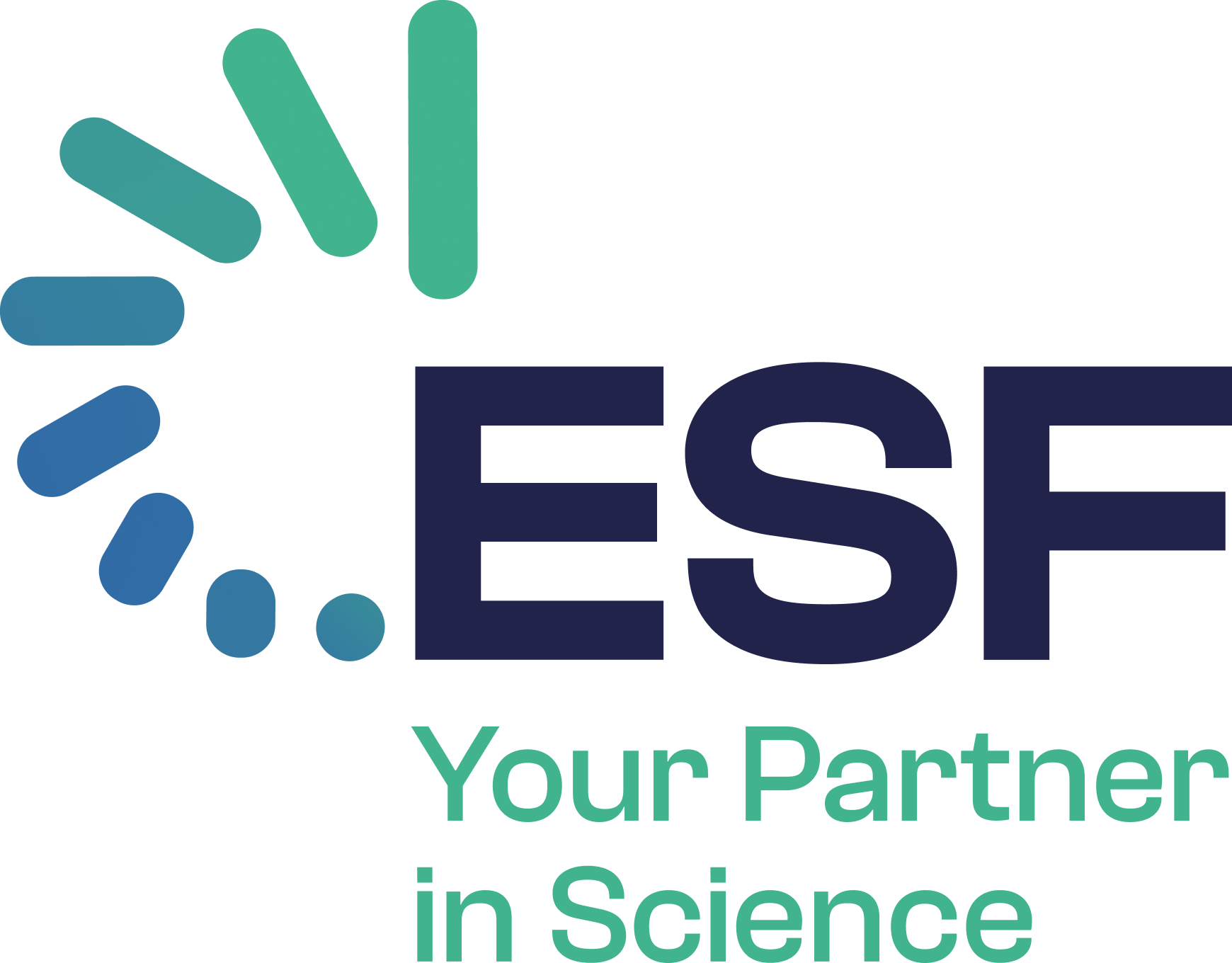CRAFT-OA
CREATING A ROBUST ACCESSIBLE FEDERATED TECHNOLOGY FOR OPEN ACCESS
Project Summary
After several decades of evolving, Open Access (OA) publishing is now at the centre of scientific communication, providing access to scientific publications without barriers. In Diamond Open Access, authors can publish free of charge as the institutional sector with universities, research institutions or libraries provide the necessary technological infrastructure. While the commercial model of Open Access dominates in anglophone journals from the Global North, the Diamond OA model shows a much higher level of diversity and origin. However, the Diamond OA landscape continues to be fragmented, is often underfunded, and is not always technically proficient enough to develop its full potential for science and society. The CRAFT-OA project aims to consolidate the Diamond OA publishing landscape.
The project focuses on four threads of activities to improve the technical and organisational infrastructure of Diamond OA:
- Provide technical improvements for journal platforms and journal software
- Build communities of practice to foster overall infrastructure improvement
- Increase visibility, discoverability and recognition for Diamond OA publishing
- Integrate Diamond OA publishing with EOSC and other large-scale data aggregators.
CRAFT-OA’s 23 consortium partners from 14 European countries are all engaged in institutional publishing and its infrastructures, and committed to sustaining and developing capacities in the field. Many CRAFT-OA partners are leading organisations at national and European levels in terms of open publishing, and represent internationally visible centres of expertise in Open Science and FAIR implementation with strong connections to EOSC.
Within 36 months, CRAFT-OA will deliver technical and community tools, training events, training materials, information, and services for the Diamond OA institutional publishing environment. It will foster communities of practice with the capacity to sustain the project improvements over time.
ESF contribution to the Project
ESF is represented in this project through cOAlition S. cOAlition S’s role in the project is to ensure coordination between this project, DIAMAS, and the Diamond Action Plan community by participating in three workpackages (WP):
- WP1: PROJECT LEAD AND COORDINATION
- WP2: TECHNICAL COORDINATION AND FRAMEWORKS FOR COMMUNITY SUPPORT
- WP7: TECHNOLOGY EXPLOITATION AND SUSTAINABILITY
Project Partners
- UGOE, University of Göttingen, DE
- OPERAS, the OPERAS Research Infrastructure, BE
- TSV, the Federation of Finnish Learned Societies, FI
- MWS, the Max Weber Stiftung, DE
- TIB, the Technische Informationsbibliothek, DE
- SRCE, the University of Zagreb Computing Centre, HR
- UC, the University of Coimbra, PT
- MU, the Masaryk University, CZ
- ZRC SAZU, the Scientific Research Centre of Slovenian Academy of Sciences and Arts, SI
- OpenAIRE AMKE, GR
- ARC, Athena Research Centre, GR (affiliated)
- CNR, National Research Council of Italy, IT (affiliated)
- UBERN, the University Bern, CH (associated)
- UNITO, the University Turin, IT
- EGI, Stichting EGI, NL
- National Infrastructures for Research and Technology, GR (affiliated)
- the University Zadar, HR
- IBL PAN, Instytut Badan Literackich Polskiej Akademii Nauk, PL
- Hamburg State and University Library (Free and Hanseatic City of Hamburg), DE
- UNIWARSAW, the University Warsaw, PL
- AMU, the Aix-Marseille Université, FR
- DOAJ, Infrastructure Services for Open Access C.I.C., UK
- ESF, the European Science Foundation, FR – acting for cOAlition S
Timeline & Funding
- Project duration: 1 January 2023 -31 December 2025 (36 months)
- Total funding: € 4 777 337,50
Follow the Project
Project website and social media accounts
coming soon.

This project has received funding from the European Union's Horizon Europe programme under grant agreement No 101094397
